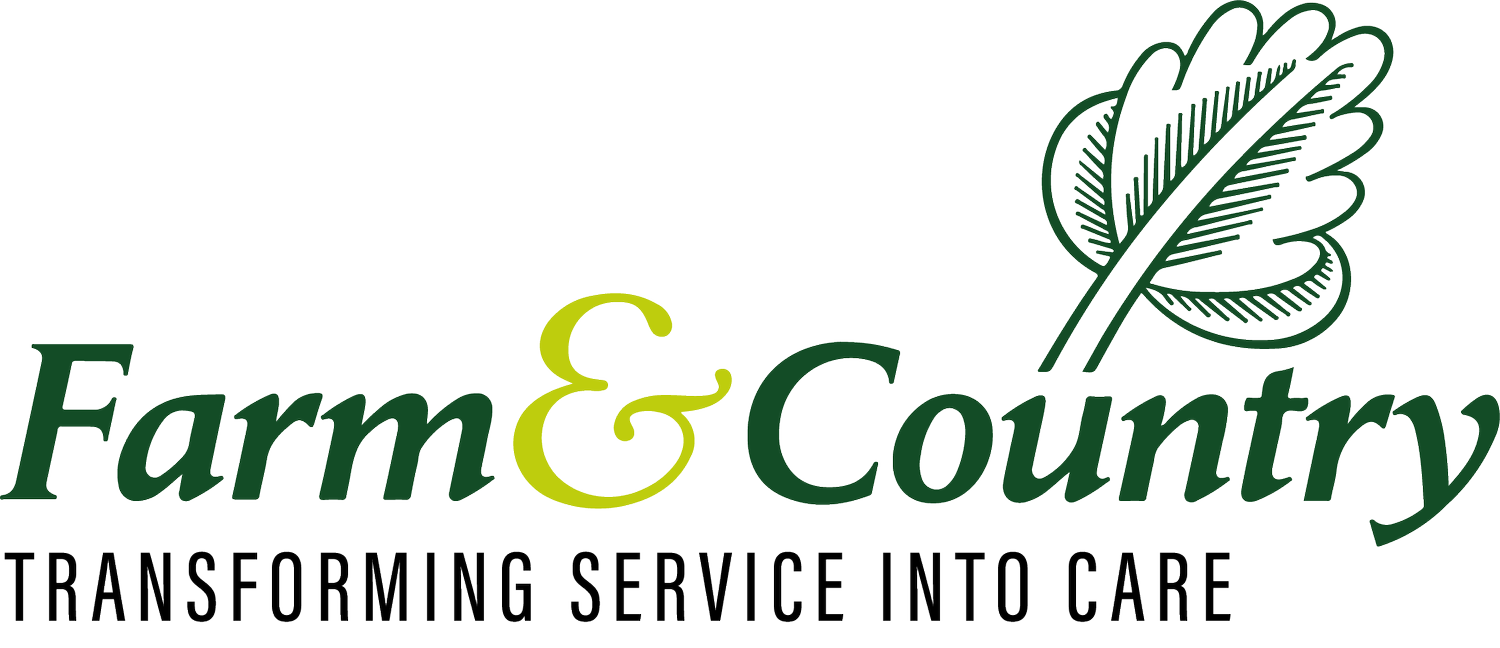From Housing to Feed - A Guide to Getting Your Cows Winter Ready
As the days grow shorter and temperatures begin to drop, it is time for cattle farmers to make preparations to protect their herd during the forthcoming winter months. Proper preparations well in advance of inclement weather will go a long way towards safeguarding the health and productivity of your cattle. This article shall provide key recommendations on adjustments to housing, nutrition, health management, and facilities upkeep to optimise overwintering outcomes.
Providing Adequate Shelter and Housing
Ensuring cows have access to appropriate housing through the winter is paramount. An enclosed barn or shed with sufficient space for all animals to lie down comfortably should be identified and prepared before adverse conditions arrive. Drafts and leaks must be eliminated, and adequate ventilation provided to avoid a build-up of moisture, odours and gases. Clean, dry bedding such as straw should be laid down, with additional bedding supplied regularly to absorb waste and prevent cows from becoming wet. Feeding, watering and handling facilities should be installed inside the barn or constructed nearby so cattle do not have to travel far in inclement weather. Youngstock may require calf jackets and hutches to protect them from chill. Make any necessary repairs to housing structures, and ensure all is prepared for rapid shut-in of the herd when required.
Adjusting Nutrition to Meet Energy Requirements
Cattle require greater energy intake over winter to support body heat production and maintenance of condition. An increase in forage quantity should be provided, and forage tested to analyse nutritional value. Lower quality forage may need nutrient balancing by supplements. Silage and hay stocks should be increased through autumn harvesting. Grain rations in prepared concentrates or total mixed rations may be judiciously increased to provide additional fermentable energy. However, sudden large increases in grain should be avoided to avert risk of acidosis or bloat. Access to fresh, unfrozen water is critical for adequate consumption, so steps must be taken such as installing heaters in water troughs. Monitoring body condition score and health issues related to nutrition should guide any further adjustments required.
Maintaining Hygiene and Preventing Mud
Muddy, soiled conditions in winter can lead to issues with cow cleanliness, udder health, lameness and spread of disease. Cow tracks and gateways should be graveled or stabilised with stone to avoid excessive mud. Drainage of standing water in fields and yards is advised. Livestock should be excluded from any sodden fields at risk of developing boggy conditions. Plentiful clean, dry bedding assists in keeping cows clean and dry. Manure storage points need covering to prevent fouling of cow's udders and legs. Appropriate cow tracks between fields and housing enable cleaner access. Portable troughs and feeders can be moved around fields to rest pastures.
Grooming, Coat Management and Cow Comfort
While cows grow winter coats for insulation, wind and wet weather can still reduce their ability to retain body heat. Grooming helps remove dense, matted hair and allows their coat to regain loft for better insulation. Udders and teats may need trimming around to prevent accumulations of dirt. Providing cow brushes allows cattle to groom themselves. Ill or compromised animals may benefit from calf coats for extra warmth and weatherproofing. Deep clean bedding and resting areas give cattle a reprieve from cold, wet ground. Draught exclusion, ventilation, hygiene and temperature management in housing all contribute to cow comfort over winter. Monitoring for signs of cold stress can identify issues needing intervention.
Health Management and Biosecurity
Incidences of certain health conditions like pneumonia, frostbite, hypothermia and mastitis may increase in winter. Vulnerable animals require extra precautions and monitoring. Adequate vaccine and parasite control protocols need implementing well in advance. Quarantine accommodation and procedures should be in place to avoid introduction of disease from purchased cattle. Vermin control helps minimise disease spread. Disinfection points at housing entryways can reduce transmission. Ensure adequate winter housing capacity allows for isolation or separation of sick cows. Developing contingency plans for issues like power outages or mechanical breakdowns will help troubleshoot urgent situations. Maintaining veterinary contacts for prompt expert assistance is prudent.
The impending winter months present unique challenges for caring for a healthy, productive cattle herd. However, with proper foresight and preparation on key fronts like housing, nutrition, hygiene, and health management, farmers can set their livestock up for success despite harsh weather and cold stressors. With the right winter preparations, your cows can stay happy, healthy and highly productive right through to spring.


